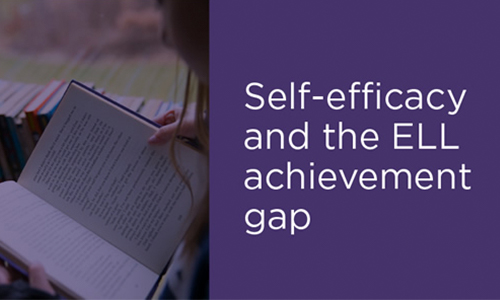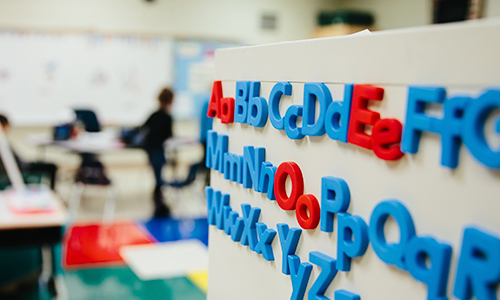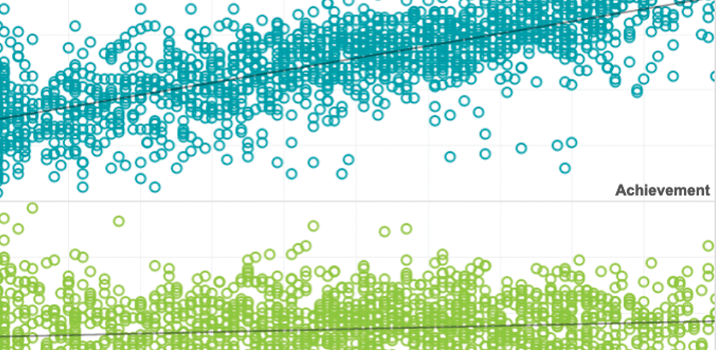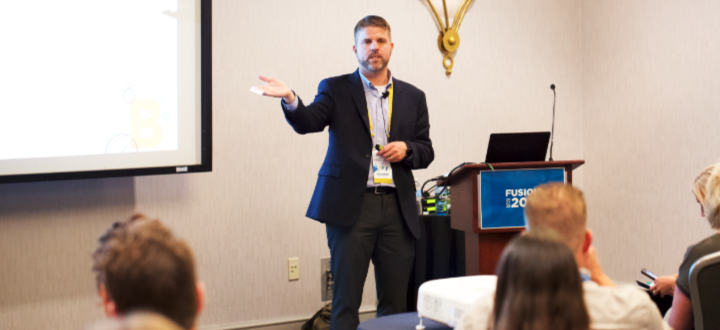Blog article
How to support ELL students: A Q&A with Dr. Jim Soland
2019
By: James Soland

Description
In this interview, James Soland discusses his research exploring the connection between social-emotional learning and growth in achievement for English language learner students.
View blogAssociated Research
Related Topics


Using test scores for teacher evaluation: Why caution is necessary
This article offers insight and guidance on issues to think about before tests are used as an evaluation tool and to help ensure better choices are made about the role test scores play in a teacher’s evaluation.
Topics: Empowering educators, Student growth & accountability policies


An investigation of examinee test-taking effort on a large-scale assessment
Most previous research involving the study of response times has been conducted using locally developed instruments. The purpose of the current study was to examine the amount of rapid-guessing behavior within a commercially available, low-stakes instrument.
By: Steven Wise, J. Carl Setzer, Jill R. van den Heuvel, Guangming Ling
Topics: Measurement & scaling, School & test engagement, Student growth & accountability policies


The potential of adaptive assessment
In this article, the authors explain how CAT provides a more precise, accurate picture of the achievement levels of both low-achieving and high-achieving students by adjusting questions as the testing goes along. The immediate, informative test results enable teachers to differentiate instruction to meet individual students’ current academic needs.
By: Edward Freeman
Topics: Innovations in reporting & assessment, Measurement & scaling, Student growth & accountability policies


Increasing parental involvement of English language learner families: What the research says
The nearly 10 million English Language Learners (ELLs) represent the fastest-growing segment of the US’s public school student population. While research continually finds that ELL parents, generally speaking, place a high value on their children’s education, many immigrant, refugee, and ELL parents experience their relationships with their children’s schools very differently from mainstream English-speaking families.
By: Beth Tarasawa, Jacqueline Waggoner


Modeling student growth has been a federal policy requirement under No Child Left Behind (NCLB). In addition to tracking student growth, the latest Race To The Top (RTTP) federal education policy stipulates the evaluation of teacher effectiveness from the perspective of added value that teachers contribute to student learning and growth. Student growth modeling and teacher value-added modeling are complex.
Topics: Growth modeling, Measurement & scaling, Student growth & accountability policies


Of particular debate is the impact of transferring from a traditional public school to a charter school on student achievement and growth. We employ propensity score stratification and multilevel models to balance key covariates between treatment and control groups of a cross-state sample of students, which provides a more complex picture of charter school achievement effects in a quasi-experimental context.
By: Beth Tarasawa, Yun Xiang
Topics: Measurement & scaling, Student growth & accountability policies


Students improve even amid evaluation controversy
Positive student achievement and growth results for students in New York suggest that improvements to the teacher evaluation process that emphasize the importance of strong evaluation procedures, the systematic collection of evidence of teacher performance, and the use of data to inform the process, have promise for improving educator effectiveness far more than a narrower punitive approach.





